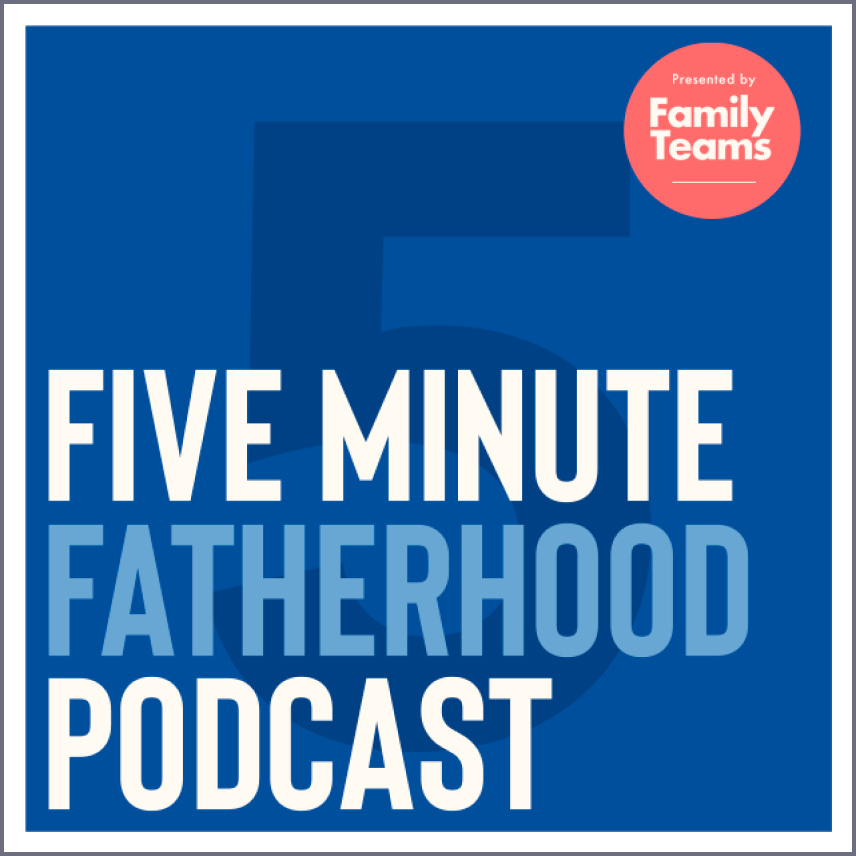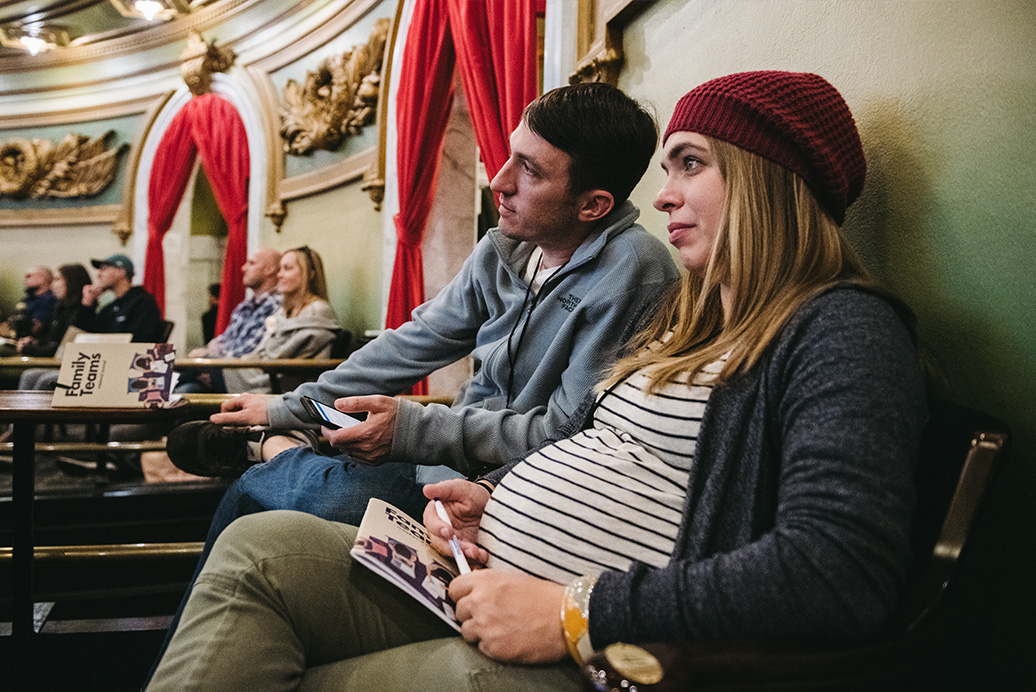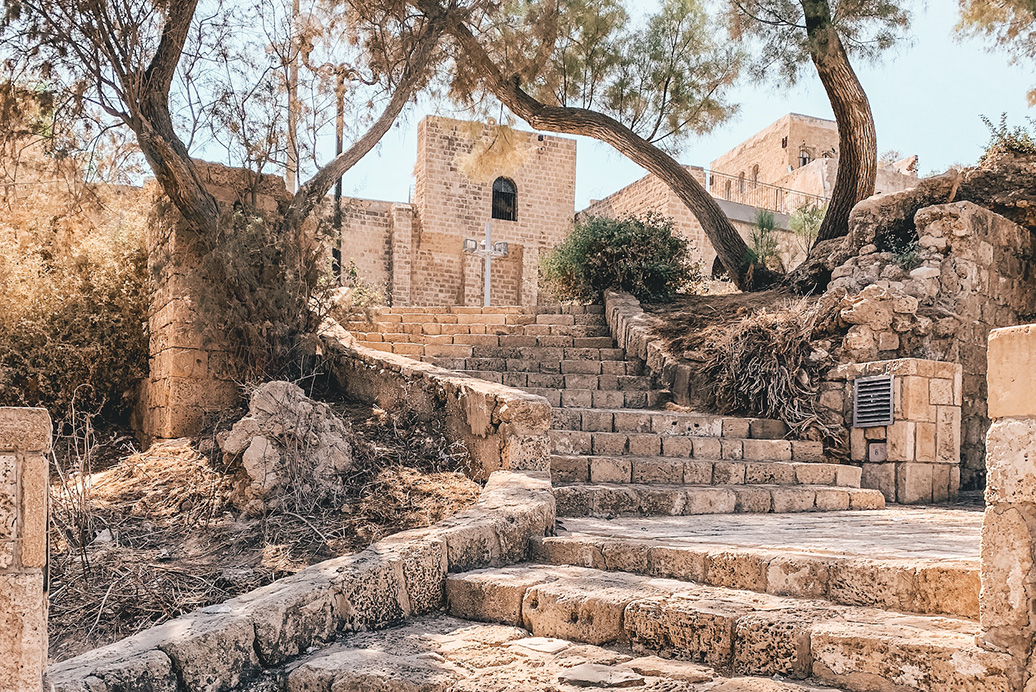Jeremy:
What’s up guys, welcome to another Five Minute Fatherhood. So when you start to think about family from a multigenerational lens, really weird things will start to suddenly matter to you. And one of those things that you might find matters to you is where you bury the dead of your family. Now, this isn’t just matter, but potentially to you, but this matters to anyone building a multigenerational family, because where you bury people matters a lot if you’re trying to tell a multigenerational story.
And so Abraham, there’s a whole chapter in the book of Genesis that you probably never heard anyone preach on before, because it’s not that important to our culture today. But Genesis 23 is an entire chapter where Abraham negotiates for a particular cave to bury, not just Sarah who had just recently died, but to also bury all of the dead from his family. And so this becomes a multigenerational plot. And to this day, there’s a place in Hebron where this was done called the cave of the patriarchs. That tomb, that area in Hebron, which is really revered by both Muslims and Jewish people.
And so let me just read this. And I want to talk to you guys a little bit about this. I know this might feel like a long way off, but for a lot of people, this suddenly happens and people don’t know, is there any values that should really inform the way we think about how to bury people in our family? Let me just say before I kick off here, the passage, that the value that really stands out to me is… And this is totally optional, you guys. I don’t think there’s any law here. There’s no obligation. There’s no right way to do this.
But one of the reasons why Abraham spends an entire chapter thinking about this, and why maybe you will if you start to think about family multi-generationally, is that there is power in having a very small piece of land where anyone in the family can go and can see a physical representation of the generational family story. And if you’re not living multi-generationally, this really doesn’t make a lot of sense, right? We’re just populating lots of grave plots that people are completely neglecting. But man, almost 4,000 years later, this particular cave is still very revered. And it’s all because of Genesis 23.
It says in Genesis 23, just a little snippet of it, “So the field of Ephron in Machpela, which was east of Mamre, the field with the cave that was in it. And all the trees that were in the field throughout its whole area was made over to Abraham as a possession in the presence of the Hittites before all who went in at the gate of his city. After this, Abraham buried Sarah, his wife, in the cave of the field of Machpela, east of Mamre, that is Hebron in the land of Canaan. The field and the cave that is in, it were made over to Abraham as property for a bearing place by the Hittites.”
Actually, if you guys read this whole chapter, it’s one of the most repetitive chapters in the entire Bible. The same story in the same land deed is described over and over and over again, including details like exactly how much Abraham paid. And the reason, you guys, why there’s so much repetitive detail in Genesis 23 is because Abraham wanted his descendants to know beyond the shadow of a doubt that he paid for this cave and that it belonged to his family forever generationally. Because I think he wanted this place where they could go and they could tell the family story.
What’s really cool about the way that they did this in Israel, as opposed to the way we do it. The way we do it today, of course, is that the burial plots just go on and on and on forever. That’s not the way that they did in the Middle East. They didn’t have enough room to bury people that way. The way that they would do it is they would have a cave for a family.
And then what they would do is they would have a couple of slabs inside the cave and the latest dead people from that family would be placed, their bodies placed on this labs. And then they would roll the stone over the opening, or they would cover up the opening, and then they would wait. And maybe 10, 20 years later, when somebody else died, they would then uncover it, they would take the bones from the people, put them underneath the slabs, put the new bodies on top, and so in that way, if you were dying, your bones literally would be in the same burial places as your great, great, great, great, great grandfather or grandmother, in the same cave. So that created a central location for the family to really create that identity.
And that’s all this is really about, you guys. It’s not that there’s anything special about a particular way to do this, but it’s really difficult to cement a multigenerational identity. And one of the things that does that is every single time someone dies to go and tell the family story at the same place, the same plot of land, at the same area is powerful. And so if you sense that God has given you guys a roots in a particular area of the country or of your country, then it could be worthwhile to actually invest in some kind of family burial plot so that you can tell the family legacy, that story, multi-generationally so that your grandchildren and your great grandchildren will get to see.
And so you can use all kinds of elements, different memorials or different ways that you might design it, so that the family story is told and so the people have a place to encounter that story. So that is an idea I want to share with you guys. It’s such a big… It takes up so much real estate, literally, in Genesis that I thought it was important to kind of talk about. But yeah, Jeff, anything that stirs up for you?
Jeff:
Yeah. One thing I would add that’s interesting is I think not only of the Jewish way of doing it, but basically all of human history has done it this way until, again, we modernized so recently. Even Christian churches in the West have done this. I remember going to Trinity church in New York and churches were known for having burial sites adjoining them. Right? And it wasn’t just… I remember that that’s where Hamilton is actually buried. And that’s why I was there. It’s a fascinating one right down by Wall Street.
But you look at these cemeteries next to these churches and families are buried together and really at the large scale, the whole church is buried there. And I’m like… It’s funny, some people will probably hear this episode and they’re like, “Oh, this is kind of weird or creepy or archaic,” but I’m like, “It’s literally how everyone’s ever always done it.”
But if you do the parallel of it, we would do would never envision that. Right? We could never envision a megachurch today with the smoke and the rock and the lights, and anytime someone dies, they get buried out in the parking lot, right next to the guys doing the flags. You know, stuff like that. That would be…
And what’s interesting, and here’s one thing I think that’s really key about that. We don’t see… They used to see church membership as one church for life. They used to see a community as one community for life. And so being buried there is telling that story for their future generations and for that family of God, as an actual ecclesia church in a neighborhood, and in a city. So I think, yeah, there’s ways to tell stories and this is one of them, and I think it’s really, really important, or at least interesting to think about.





